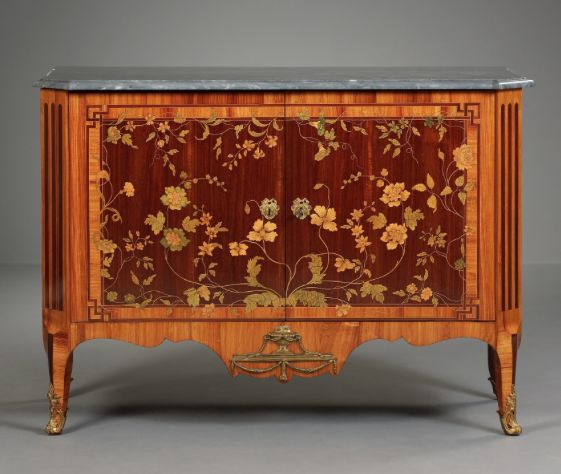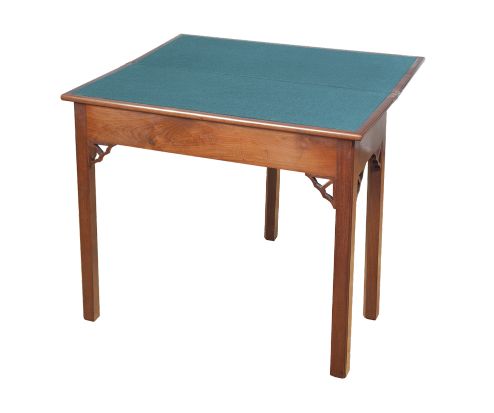Going Green with Antiques!
These days everyone and everything is “going green”. We are all desperately trying (or at least should be) to reduce our carbon footprint by recycling, driving electric cars, installing solar panels on our roofs, cutting down on meat and buying more local produce.
But have you ever given a thought to the fact that you might be eating your vegan tofu kale and quinoa salad (sprinkled with beepollen and sunflower seeds of course) from a mass-produced table and chair that are equally as harmful to the environment? If you want to go green all the way, then maybe it’s time to consider antique furniture!
Antiques have been eco-friendly long before going green was cool.
Buying antiques is the most environmentally friendly way to decorate your home. Admittedly, the environmental impact is not the first thing you consider when you are looking for a new cabinet or desk.
You are more likely to base your decisions on design, price and comfort, with durability in mind of course. But antiques tick all of these boxes! Antique furniture is most likely to have been made by hand from solid wood from nearby forests instead of factory-processed hardwood from tropical plantations. As Oscar Wilde once said: “Nothing is so dangerous as being too modern. One is apt to grow old-fashioned quite suddenly.”
So if everything turns old-fashioned at some point, why not invest in unique and timeless pieces?
Dutch transition commode with marquetry, ca. 1775
An antique purchase requires no additional greenhouse gas production, no depletion of rainforests and no additional raw materials.
However, keep in mind that transport also leaves a very high carbon footprint so it would be ideal if you start by paying your local antique dealer a visit. Think globally, act locally right? Luckily, the Netherlands has plenty on offer, such as this 18th century Dutch commode with a marble top. The design is relatively simple but the exceptionally fine marquetry adds lots of character and charm to this piece.
Six Spanish dining-chairs, ca. 1740, available through Kollenburg Antiquairs.
And even if you have recently paid a visit to a certain Swedish warehouse and returned home with the majority of your current household effects, then don’t worry.
Scandinavian-design is often very plain and minimalistic, so it lends itself perfectly to a combination with more bold and outspoken pieces. Imagine a synthetic or glass dining table paired with highbacked Spanish dining-chairs, upholstered with Cordoba leather and decorated with nature-inspired motives such as palmettes.
After all, eclectic interiors are becoming more and more popular with the younger generations. Obviously antique furniture doesn’t have to be strictly practical. There are some things which just don't have the same charisma once reproduced in the 21st century. Why not invite your friends for a game of poker and cigars around an 18th century Cuban mahogany card table and while you’re at it, serve them whiskey in Rummer glasses too.
Okay, that might be a bit much…
Cuban mahogany card table, ca. 1725
As you can tell, there are many good reasons to consider antique furniture as an alternative. But besides the environmental aspects, hunting for great antiques can also be a fun pastime.
However, if you are pressed for time like so many young professionals, then you might be looking for a more efficient approach. In that case, art and antique fairs like Art Breda provide a wonderful solution.
Check out the Gallerease website, exploring antiques at an art fair to give yourselves a head-start!























































